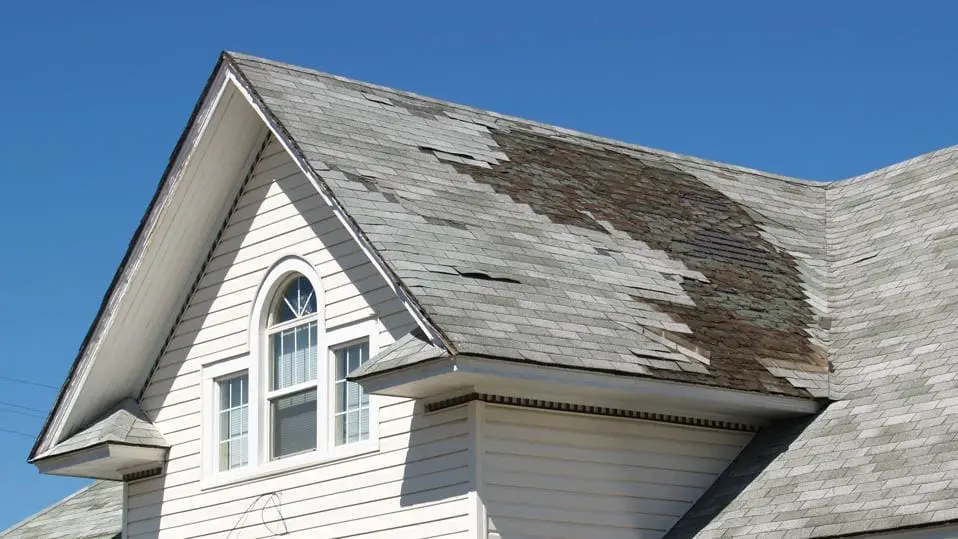Wind damage is a significant concern for homeowners, especially in regions prone to severe weather conditions such as hurricanes, tornadoes, and strong storms. The aftermath of such events can leave homes vulnerable and in need of immediate repair. Understanding the signs of wind damage and knowing how to address them is crucial in maintaining the structural integrity of your home. This article will outline the top five signs of wind damage to your home and provide practical solutions for each issue.
1. Roof Damage
Signs: The roof is often the first part of your home to suffer wind damage. Common indicators include missing or broken shingles, visible gaps, and damaged flashing. You might also notice water stains on your ceiling, which can be a sign of roof leaks.
How to Fix:
- Inspect and Document: Start by conducting a thorough inspection of your roof. Document any damage with photographs, which can be useful for insurance claims.
- Temporary Repairs: For minor damage, you can use roofing cement or tarpaulins to cover exposed areas until a professional can assess and repair the roof.
- Professional Repairs: Hire a licensed roofing contractor to replace missing shingles, repair flashing, and address any underlying issues such as water damage or weakened roof structures.
2. Siding and Exterior Walls
Signs: Wind can cause significant damage to the siding and exterior walls of your home. Look for cracks, holes, loose panels, and chipped paint. In severe cases, entire sections of siding may be torn off.
How to Fix:
- Assess the Damage: Carefully inspect all exterior walls and siding. Note the extent of the damage and prioritize areas that are most affected.
- Temporary Measures: Secure loose panels with nails or screws, and cover any holes or gaps with plywood to prevent further damage and water intrusion.
- Permanent Solutions: Depending on the type of siding, you may need to replace damaged panels or sections entirely. Consult with a siding specialist to ensure repairs match the existing materials and maintain the aesthetic of your home.
3. Broken Windows and Doors
Signs: Broken or cracked windows and doors are clear signs of wind damage. Additionally, you may find that window frames or door seals are warped or broken, allowing drafts and water to enter your home.
How to Fix:
- Immediate Action: Remove any shattered glass carefully and cover the window or door with plywood or heavy-duty plastic to secure the opening.
- Inspect Frames and Seals: Check the frames and seals for damage. Warped frames and broken seals need to be repaired or replaced to restore proper insulation and security.
- Replacement: For significant damage, consider replacing the entire window or door unit. Modern windows and doors often come with improved wind resistance and energy efficiency.
4. Damaged Gutters and Downspouts
Signs: Wind can dislodge gutters and downspouts, leading to poor water drainage and potential water damage to your home’s foundation and landscaping. Look for sections that are hanging loose, bent, or completely detached.
How to Fix:
- Clear Debris: Before making any repairs, clear out any debris from gutters and downspouts to ensure proper water flow.
- Reattach and Secure: Use gutter hangers or brackets to reattach loose sections. Ensure that all connections are secure and properly aligned.
- Replace Damaged Sections: If parts of the gutter system are too damaged to be repaired, replace them with new sections. Consider upgrading to a more durable material, such as aluminum or copper, for increased longevity.
5. Fallen Trees and Branches
Signs: Strong winds can cause trees and branches to fall, potentially damaging your home’s roof, siding, or windows. Even if a tree hasn’t fallen, leaning trees or broken branches pose a risk.
How to Fix:
- Safety First: Ensure that the area is safe before attempting any cleanup. If a tree or large branch has fallen on your home, it’s best to contact a professional tree removal service.
- Remove Debris: Clear smaller branches and debris from your yard and away from your home to prevent additional damage.
- Tree Maintenance: Regularly inspect and maintain trees on your property. Trim branches that are too close to your home and remove any dead or weakened trees to minimize future risks.
Conclusion
Wind damage can have a significant impact on the safety and integrity of your home. By being aware of the top signs of wind damage and taking prompt action to address these issues, you can protect your property and ensure it remains a safe and comfortable place for you and your family. Regular inspections, timely repairs, and preventive measures are key to minimizing the effects of wind damage and maintaining the value of your home. If you’re ever in doubt about the extent of the damage or the best course of action, consult with a professional to get expert advice and assistance.


